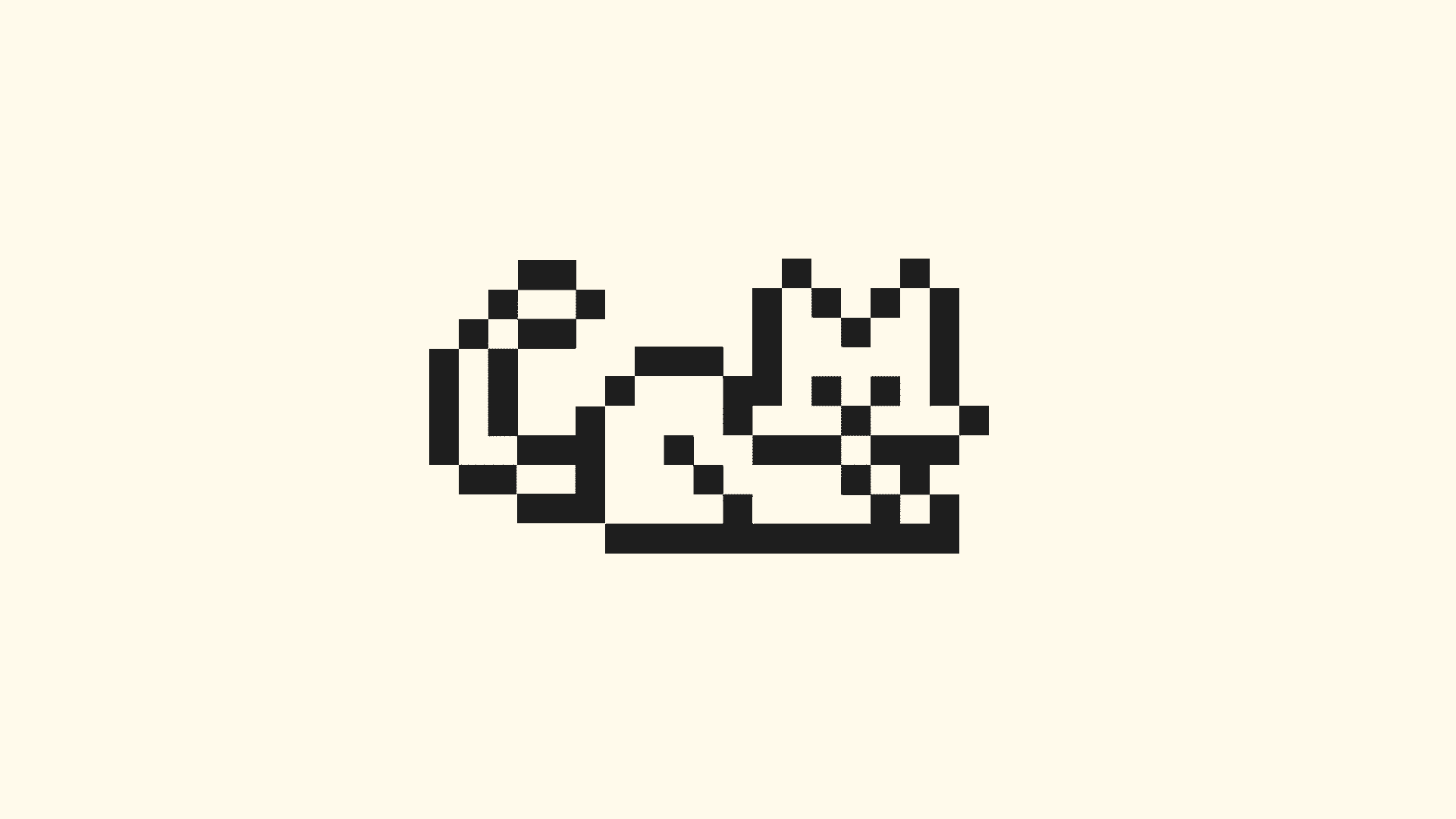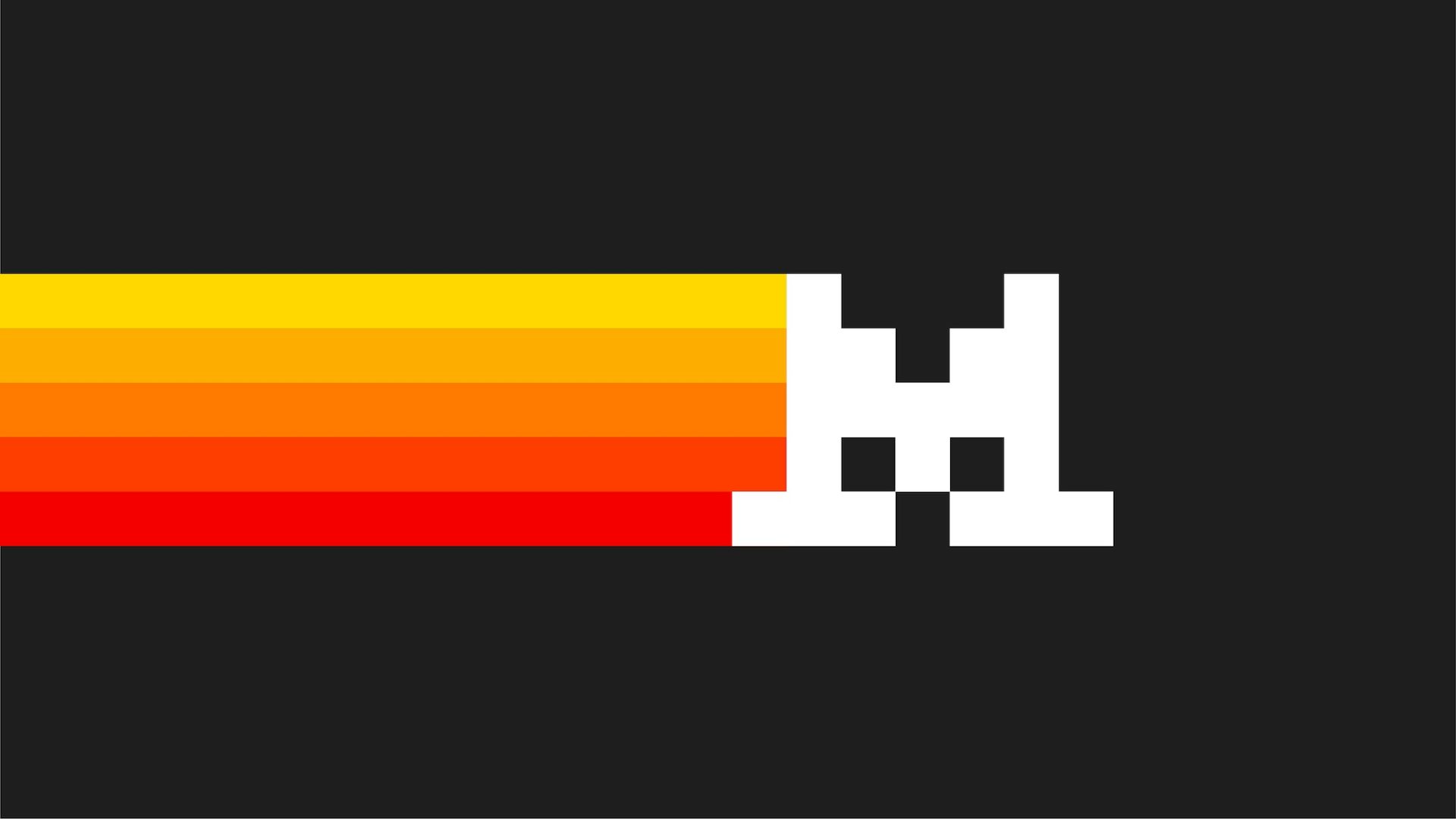How French startup Mistral is using design to shake up AI
Created by Sylvain Boyer, the designer behind the Paris Olympics identity, the branding for Mistral is deliberately warm and retro, to set it apart from the current AI competition
Mistral is the French open-source AI startup set on challenging international big tech. It raised a billion euros of investment on launch in 2023, and is valued at six billion euros just two years later. At the recent AI Summit in Paris, President Macron announced full support by the French government to continue to fuel Mistral’s rapid development to hopefully position France as a serious tech contender, not merely a tech regulator.
Designer Sylvain Boyer was in the throes of working on the Paris 2024 Olympic Games visual identity when he noticed a job opening for a junior in-house designer on Mistral’s social media. He applied, stating that, while he was probably older than the candidate they were seeking, he felt Mistral needed to reinforce its image to reflect its international positioning, to attract new investors, and to recruit users.
His application caused confusion at Mistral’s HR but led to a meeting with Mistral’s product manager and later the company’s founder, Arthur Mensch. By then, Boyer’s Olympic Games visual identity blanketed every public space throughout France.

Mistral’s AI model has a voice chat mode (operational in seven languages), the ability to generate images and search the internet for up-to-date information. Boyer evolved the Mistral logo and created the identity of its Le Chat chatbot. Within 24 hours of its launch, Le Chat became the most downloaded app in Europe, highlighting the relatability between the brand’s new identity and its user base.
In creating the branding, Boyer noticed the uniformity of the competition. Meta has an infinity loop, while other tech visual identities including ChatGPT, OpenAI, DeepMind, Deep Motion and Oneirocom favour the abstract aperture/vortex symbol. “We had a look at the competition. There seems to be consensus in the AI branding codes: ‘AI is magic, so let’s convey that by a star.’ Gemini and Claude both have a star symbol, Shopify has a magic wand, wi-fi apps use undulating waves. There are a lot of blues or purples on white backgrounds. I don’t find this inspirational.
“For me, AI is the complete opposite of magic,” Boyer continues. “It’s scientific, factual and technical, it produces tangible results. AI is complex. For a long time, complexity was seen as something negative, whereas today, it’s a positive, acknowledging the fact that this tool allows us to achieve complex things with speed and accuracy today that we couldn’t yesterday. I don’t feel that simplicity is the right expression anymore. We embraced complexity for Mistral.”

While it might seem a little soon for nostalgia, Boyer’s retro brand evolution of Mistral, with its oversized space invader pixelated imagery, pays homage to the origin and legacy of the internet in the early 80s. Transforming Mistral’s M into a cat is an homage to the early days of machine learning, where image recognition algorithms used photos of cats due to their profusion on the internet. The naming also plays on a pun, turning ‘chat’ into Le Chat, which is French for cat.
“I developed only one design direction and used the Mistral modem. I moved some pixels around to make a face with the M to encapsulate the multimodal concept, to convey that the AI can see, hear and speak,” says Boyer. “The cat symbol is not an instant read. It needs a little effort of perception, like the classic French Carrefour logo with its invisible C emblem. But once you see it, you can’t unsee it.” The brand livery is in dark mode with warm colours, orange and yellow, which are rarely seen in tech.
AI is complex – I don’t feel that simplicity is the right expression anymore. We embraced complexity for Mistral
While Mistral’s three founders (Arthur Mensch, Timothée Lacroix and Guillaume Lample) have worked at Google DeepMind and Meta respectively, their corporate philosophy is countercultural. “The founders are very young and also very smart. They are headquartered in France, but they also have space in London and the US.
“They do not consider themselves as a French startup. Mistral is international. Many tech startups tend to copy-and-paste the Google model, with the foosball tables and bowls of M&Ms. Mistral’s ambiance is nothing like that. It’s calm and peaceful with soft lighting, a place of intensely focused concentration.”

This was Boyer’s first time using AI, a new skillset now integrated into his capabilities. With the speed of development, he feels that very soon, AI will replace conventional websites and apps. “We are seeing the evolution of a new profession: intelligence designers. Today, only a few AIs are completely designed, integrating tone of voice, visuals, voice design and brand animation, but soon, AI design will become widely adopted.
“We are starting to develop this expertise for several brands who want a more direct and personalised conversation with their audience through AI in the future. These brands use a common base, like OpenAI or Mistral, but they customise it with their own data and identity. While today, we interact with just a few AI agents such as ChatGPT or Mistral, tomorrow brands like Hermès, Louis Vuitton, Nike and Tesco will have their own AI agents, with their own voices, bots and identities. This is a major shift in how we design brands.”




